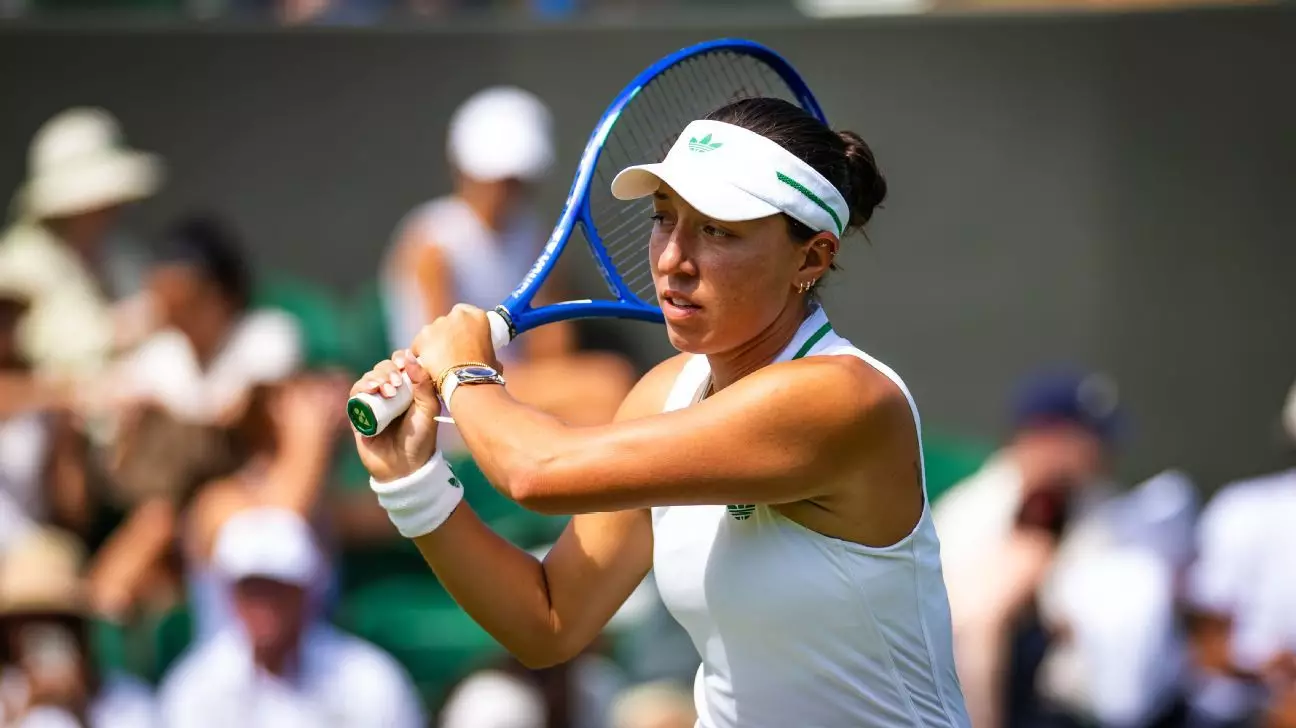This year’s US Open mix doubles tournament marks a significant turning point in tennis competition, driven largely by unforeseen withdrawals and innovative format changes. Traditionally a cornerstone of Grand Slam events, the mixed doubles’ revamped, condensed format now emphasizes elite singles players, fundamentally altering the tournament’s essence. Aspiring to make the event more glamorous and headline-grabbing, organizers have prioritized star power over traditional doubles specialization, a move that could redefine the sport’s spectatorship and competitive spirit. However, this shift also introduces fragility and unpredictability, as famous pairings are often untested as teams, and their chemistry remains uncertain.
The Power of Flexibility and Opportunity
The withdrawals, including top-ranked Jannik Sinner and Emma Navarro, have thrown the field into disarray. Yet, this uncertainty also creates opportunities for new partnerships and showcases the adaptability of top players. Jessica Pegula and Jack Draper, both highly ranked singles players, seized the chance to team up after their partners withdrew, demonstrating that elite singles players possess not just individual talent but also leadership and collaborative agility. Their choice to quickly forge new partnerships underscores the evolving nature of tennis, where versatility and strategic thinking are rivaling traditional skillsets. It hints at a future where singles stars might regularly cross over into doubles, elevating the sport’s overall competitive quality.
The Pros and Cons of Modernizing the Format
While the revamped format aims for excitement and efficiency—being condensed into a two-day spectacle—it raises questions about the depth and tactical complexity characteristic of classic doubles. Critics like Sara Errani have voiced concern, arguing that the new structure diminishes the nuanced teamwork and strategic depth that long-format matches foster. Yet, the emphasis on top singles players might lure fans seeking electrifying, star-studded showdowns, potentially boosting viewership and commercial appeal. The challenge lies in balancing spectacle with the integrity of doubles tennis, as the reliance on singles players might dilute specialized doubles skills, or, conversely, elevate the game by introducing more high-stakes, high-profile pairings.
What This Means for the Future of Tennis
By embracing change, tennis is entering a new promotional era where versatility, quick thinking, and star power take center stage. The new mixed doubles landscape signals a broader trend: the blurring of lines between specialized disciplines and the embracing of adaptability. If successful, this approach can invigorate a sport that sometimes struggles to innovate without sacrificing athletic integrity. However, the sport must ensure that such transformations do not compromise the depth of skill or diminish the importance of dedicated doubles specialists. The coming weeks will reveal if this daring gamble pays off in creating a more dynamic, engaging, and commercially viable tennis universe that still respects its roots and traditional values.

